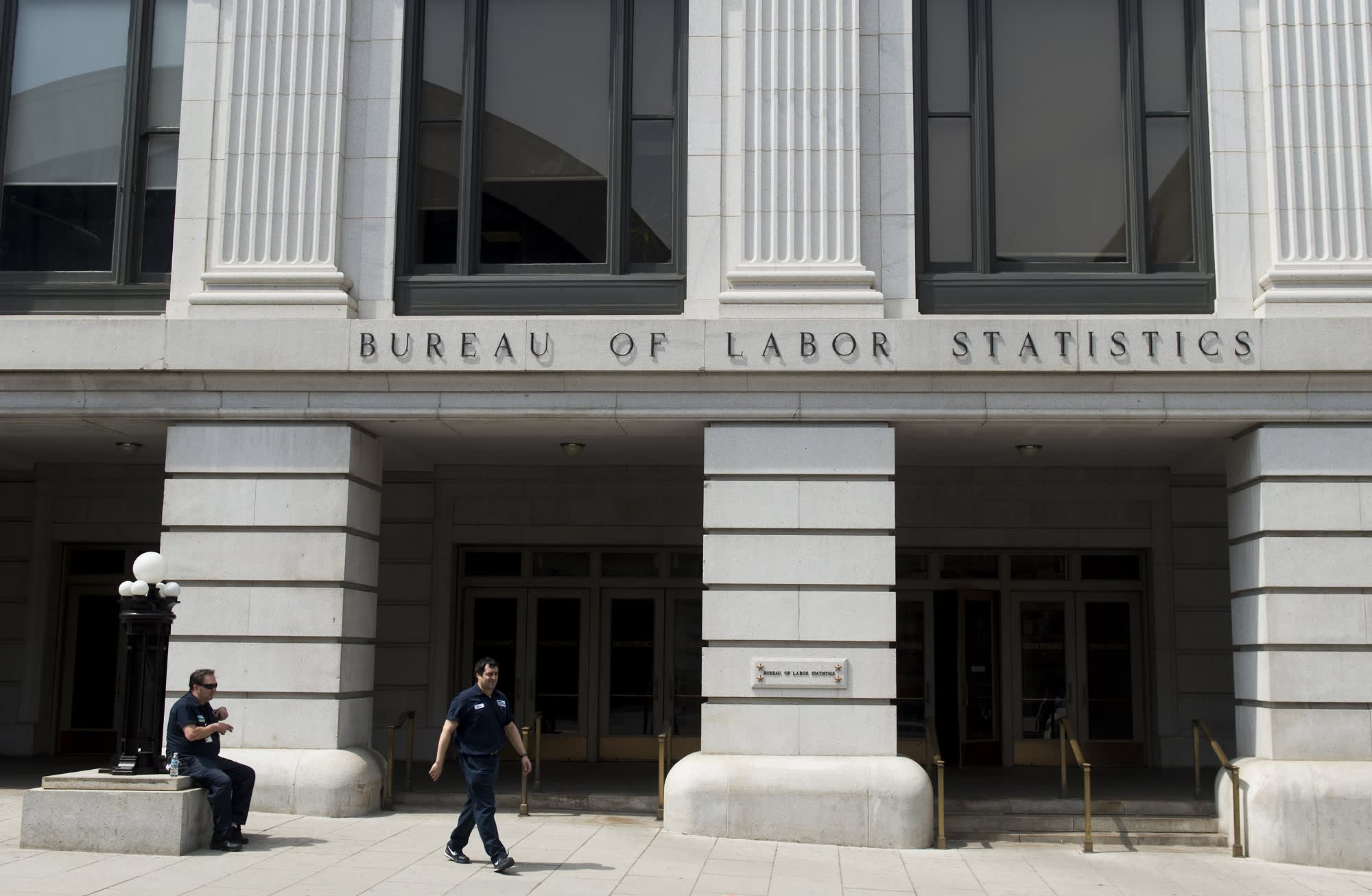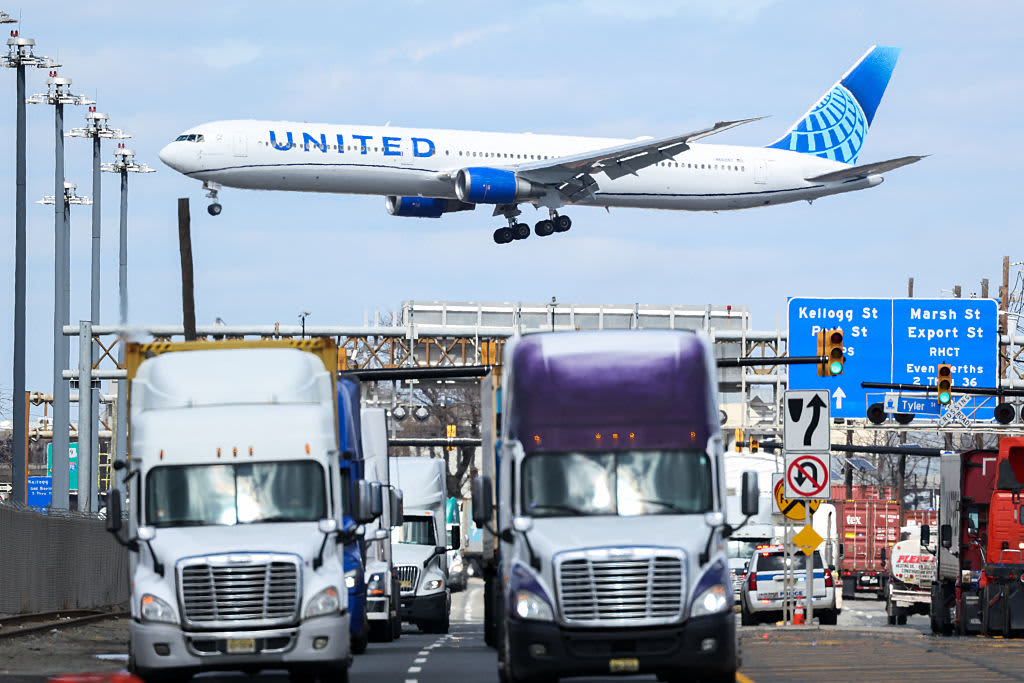Jakarta: Set to be Indonesia’s next leader, Prabowo Subianto will soon inherit his predecessor’s mission to break the trillion-dollar economy out of the middle-income trap.
President Joko Widodo came to power back in 2014 pledging to boost growth to 7%, the pace he believes is needed to turn the nation of nearly 280 million people rich by 2045 – a century after its independence and while it can still leverage its large youth population.
Growth at that speed can help lift Indonesia’s gross national income sixfold to US$30,300 per capita in two decades, and well above the World Bank’s high-income threshold.
Yet the incumbent Jokowi, as he is better known, never reached that 7% growth, with the pandemic denting the economy in the latter years of his term.
While Prabowo hasn’t set a specific growth target for himself, he must still figure out how to fund his promised spending spree, create more quality jobs, attract investments and reform taxation.
For the economy to grow by 6%-7% a year, Indonesia needs investments to reach 41%-48% of gross domestic product (GDP), said former finance minister Chatib Basri.
Its gross domestic savings, a measure of the local pool of funds, stand at 37% of GDP. That means the country lacks enough funds for the investment it needs to expand more rapidly.
“So the solution is, whoever becomes a president, they need to increase their savings,” Basri said. “That means that to increase the tax ratio to GDP, they need to be open to foreign investors and they need to improve productivity.”
Jokowi’s minerals downstreaming policy – a move to boost domestic processing of key natural resources – has brought in billions of US dollars in investment, while legal reforms and an infrastructure spree helped bolster growth.
Still, GDP is forecast to expand by 5.2% in his last year in office, well below his earlier goal.
Vital to unlocking Indonesia’s economic potential is the leveraging of its youth demographic, with some 68% of the population of working age, and turning investments into higher-paying jobs.
It’s lagging on that front. The national jobless rate is still higher than before the pandemic and the number of unemployed university graduates increased last year.
“Everybody recognises the challenges of, the lack of skilled labour, talent, and so on,” said former trade minister Mari Elka Pangestu.
“So, we need to address the human capital needs as well, otherwise we will not be able to increase our productivity, industrialisation and diversification of our economic base.”
That would mean bringing in investors into sectors beyond commodities refining, she added.
Indonesia trails its South-East Asian peers in economic efficiency.
Total factor productivity, a measure of output per unit of input including labour or capital, has declined since the 1998 Asian Financial Crisis. The share of manufacturing activity, the second-largest contributor to GDP, has continued to shrink to below 20%, from about 30% in early 2000s.
Prabowo is signalling his focus on improving health and education outcomes with a plan to give out free school lunches and milk to more than 80 million children, which he also expects to create employment for women and small businesses.
His campaign also called for “youth downstreaming” as a way to urge young people to take up higher-paying tech-related jobs.
In addition, he has pledged other social assistance programmes that bring his total spending spree to 460 trillion rupiah, more than the entire 2023 budget deficit.
Yet such plans pose risks to Indonesia’s hard-won investment grade sovereign credit rating.
“We believe medium-term fiscal risks have risen,” Fitch Ratings’ Head of Asia-Pacific Sovereigns Thomas Rookmaaker wrote in a note regarding the free-lunch plan.
Prabowo will need to navigate such risks deftly. — Bloomberg


